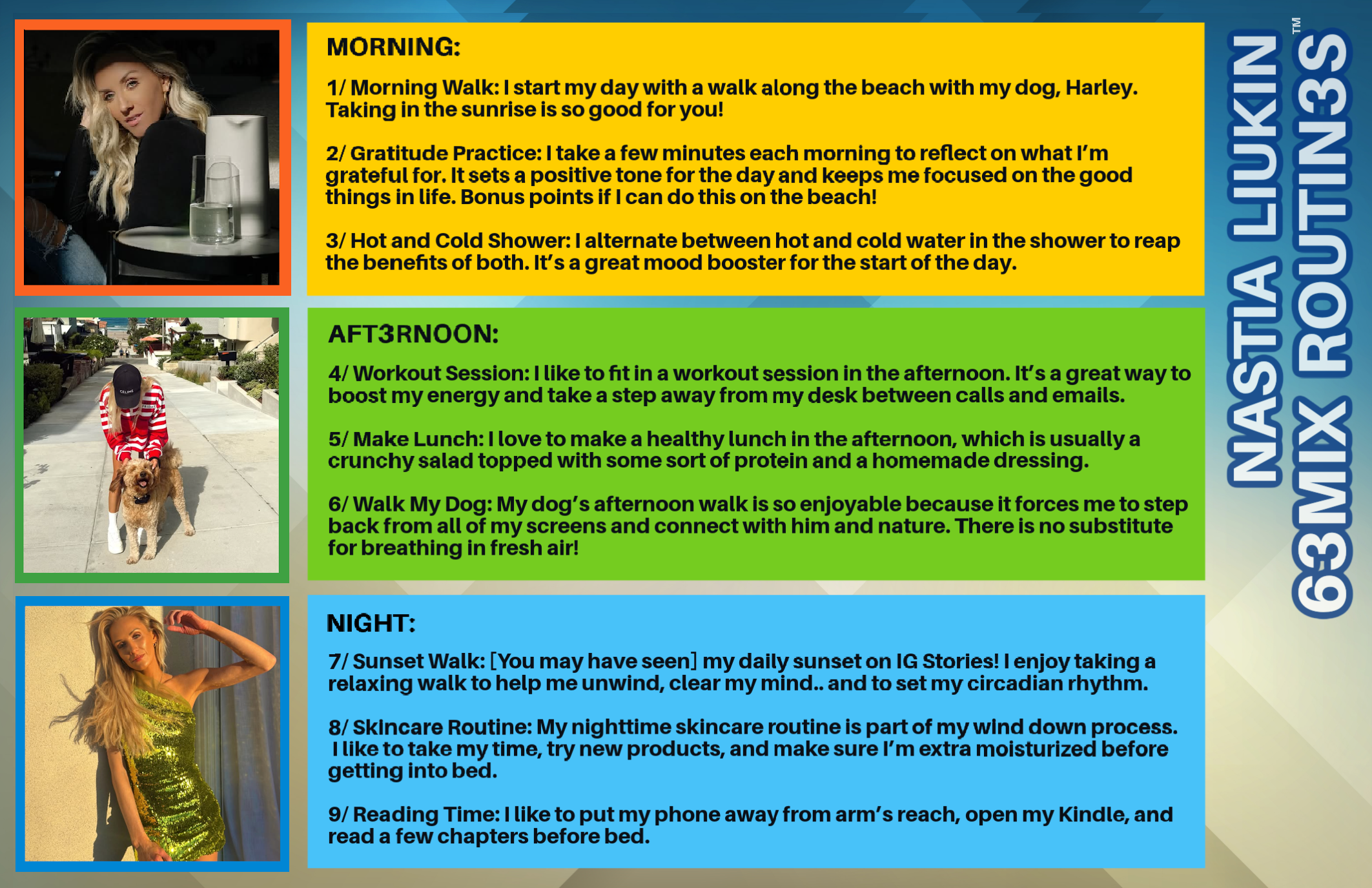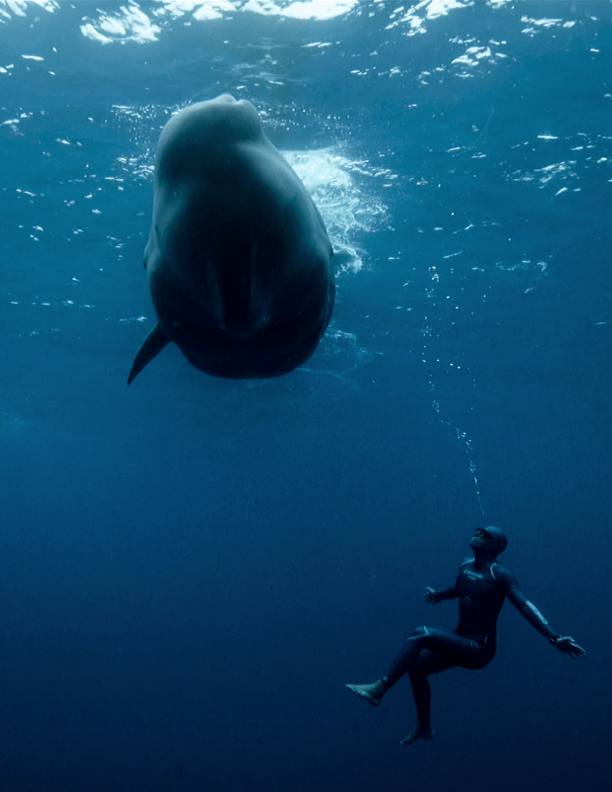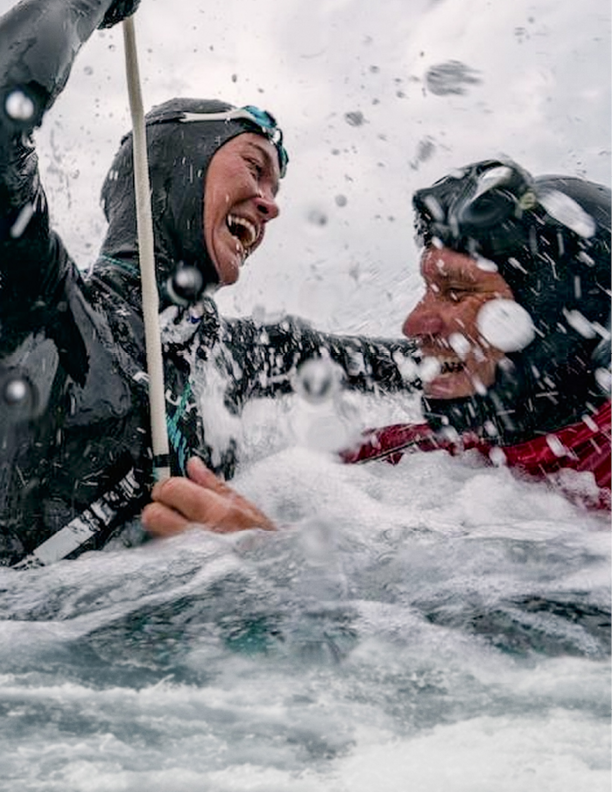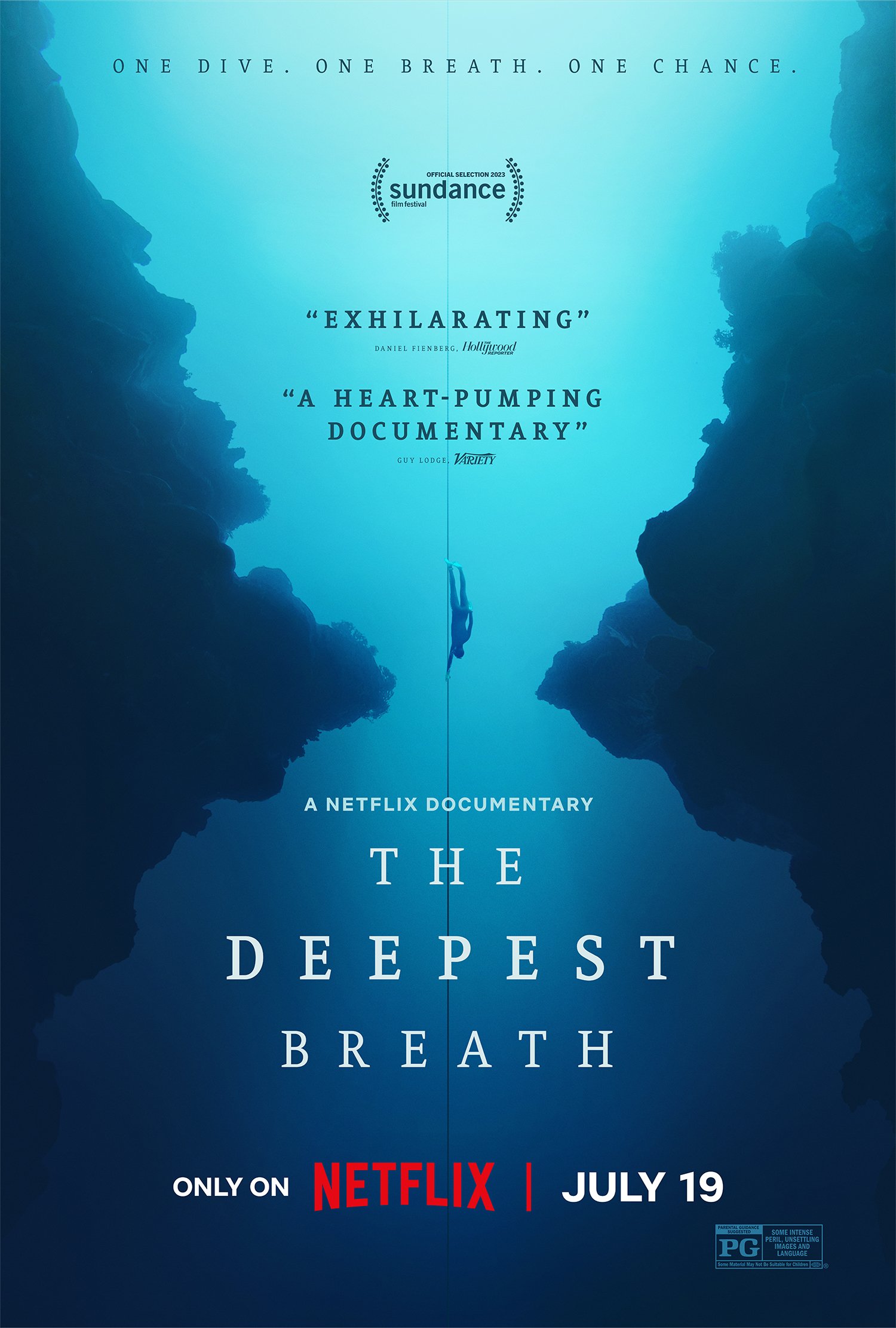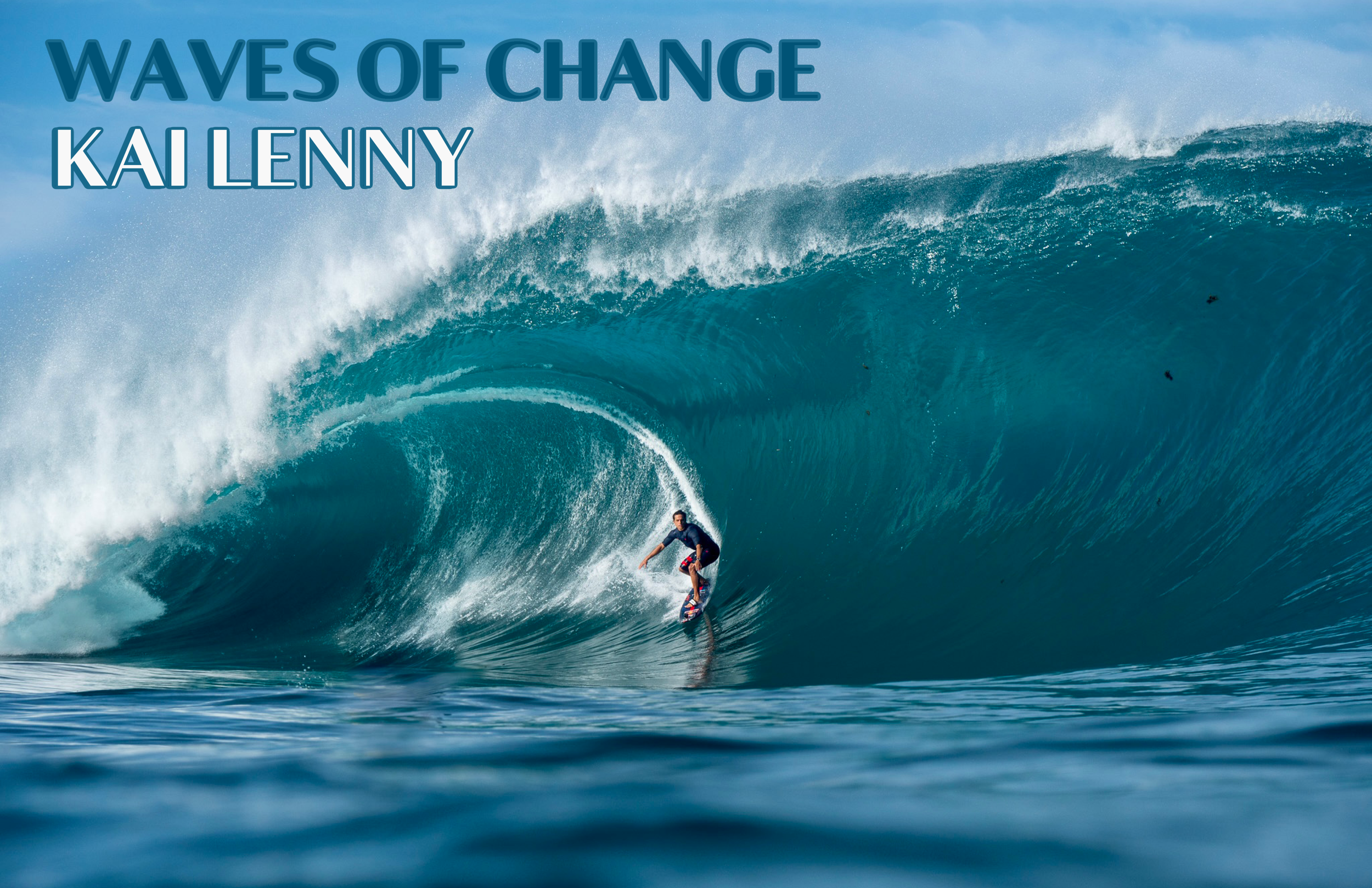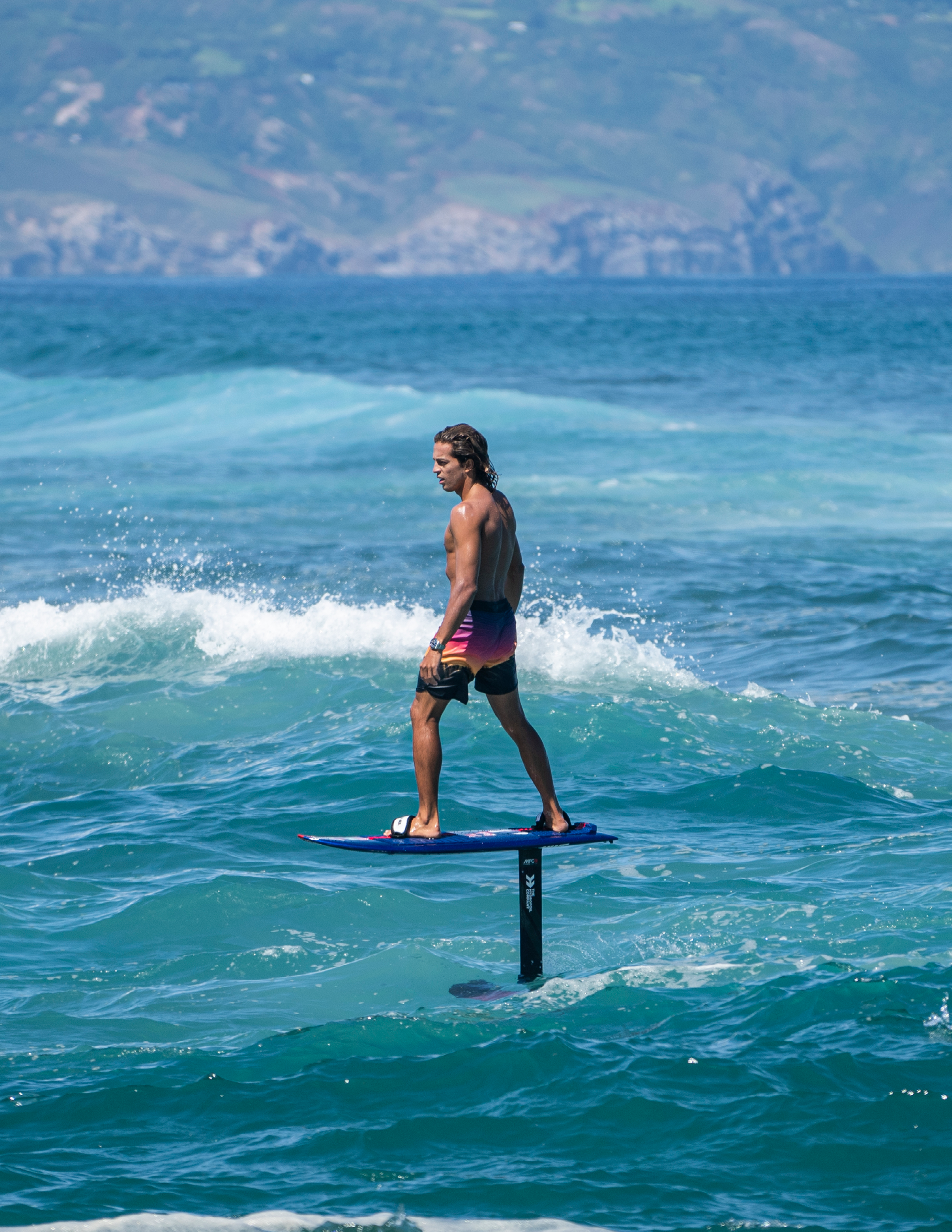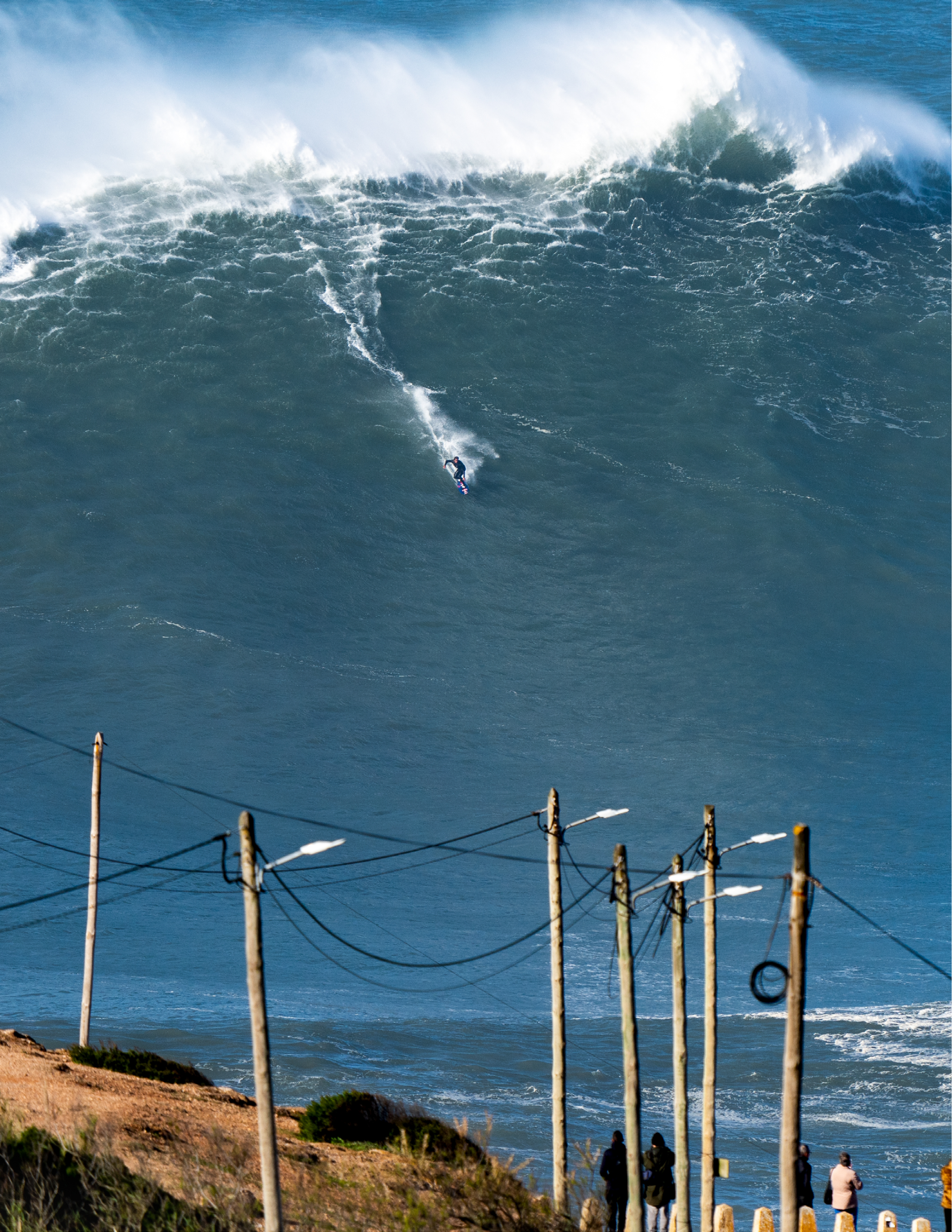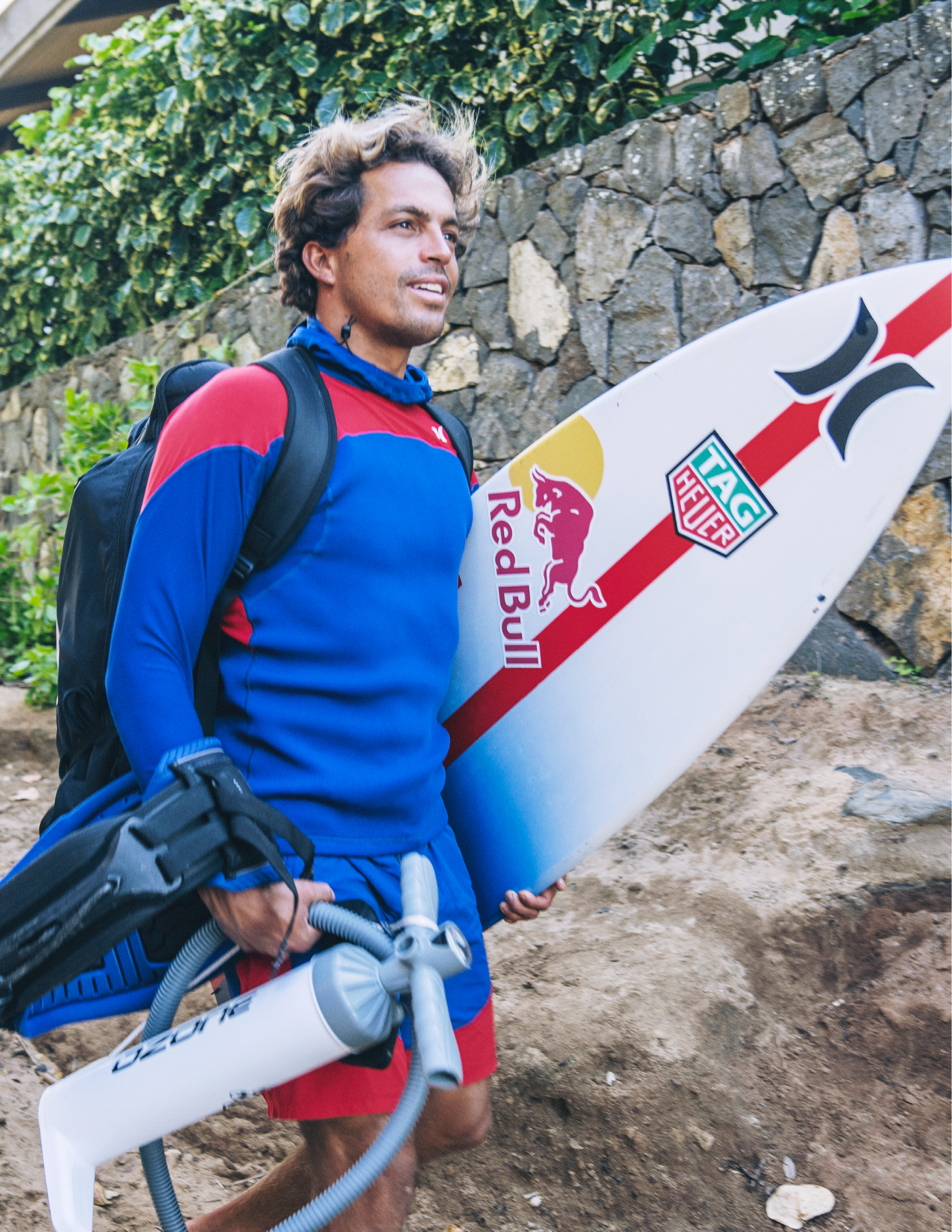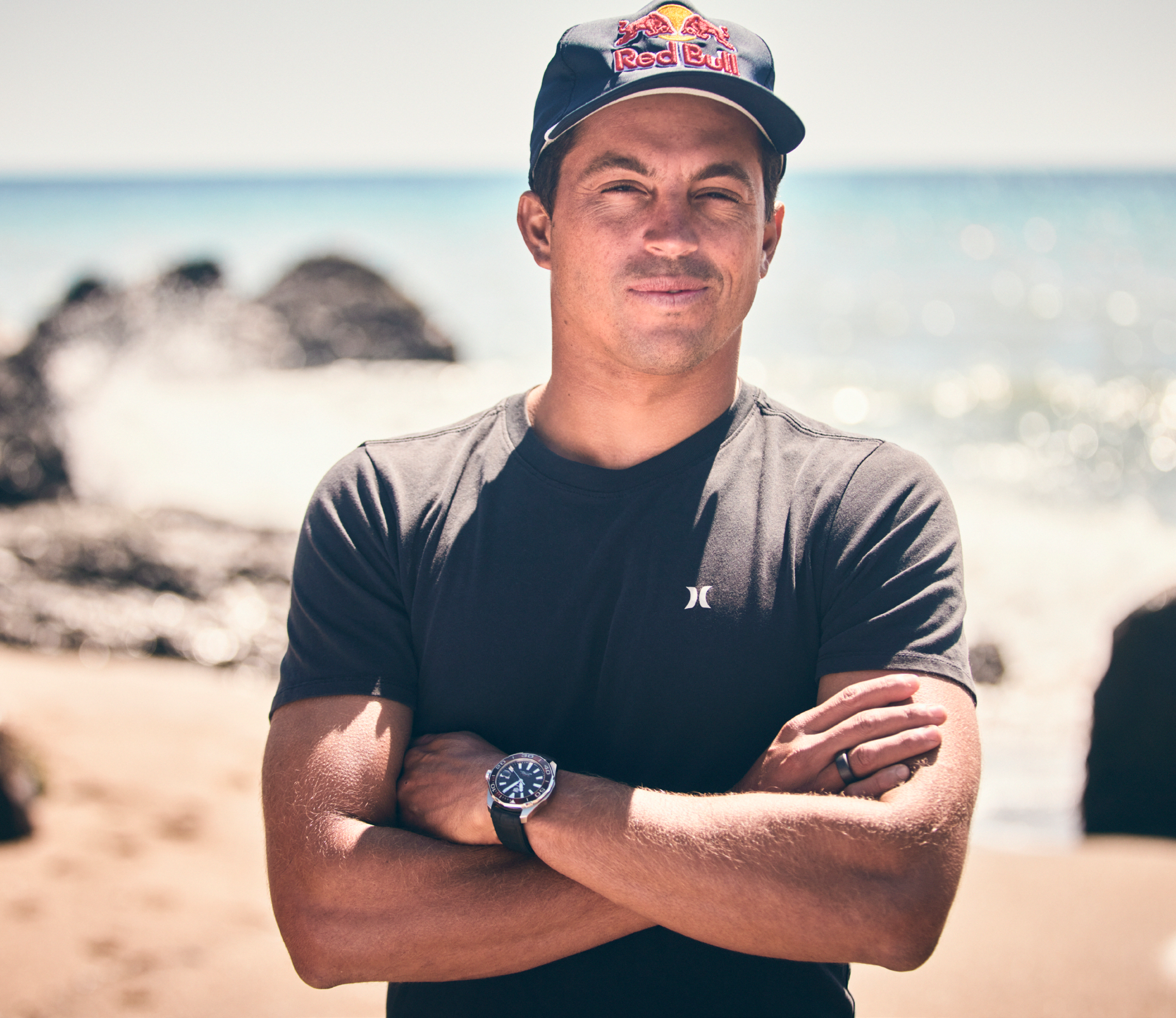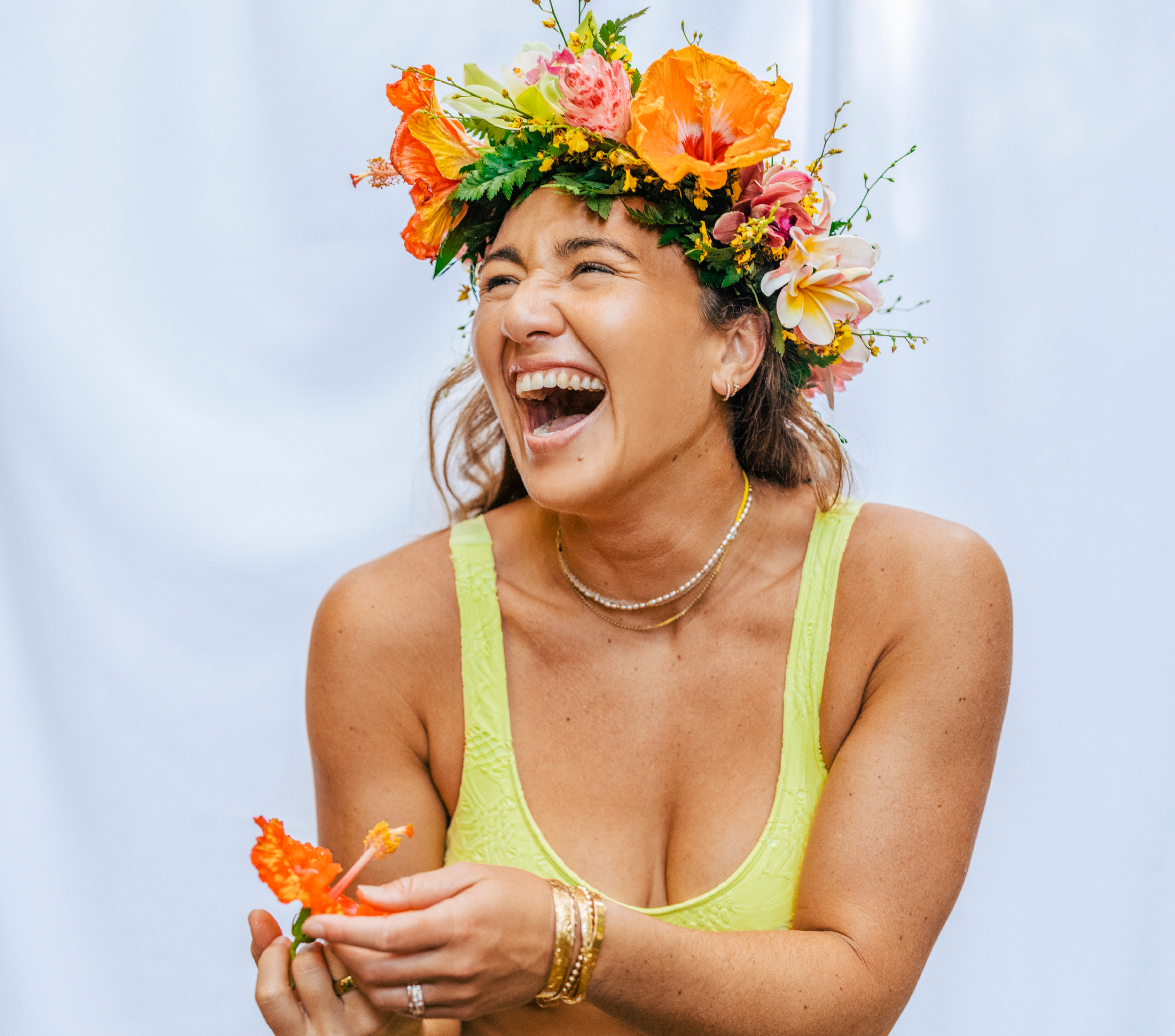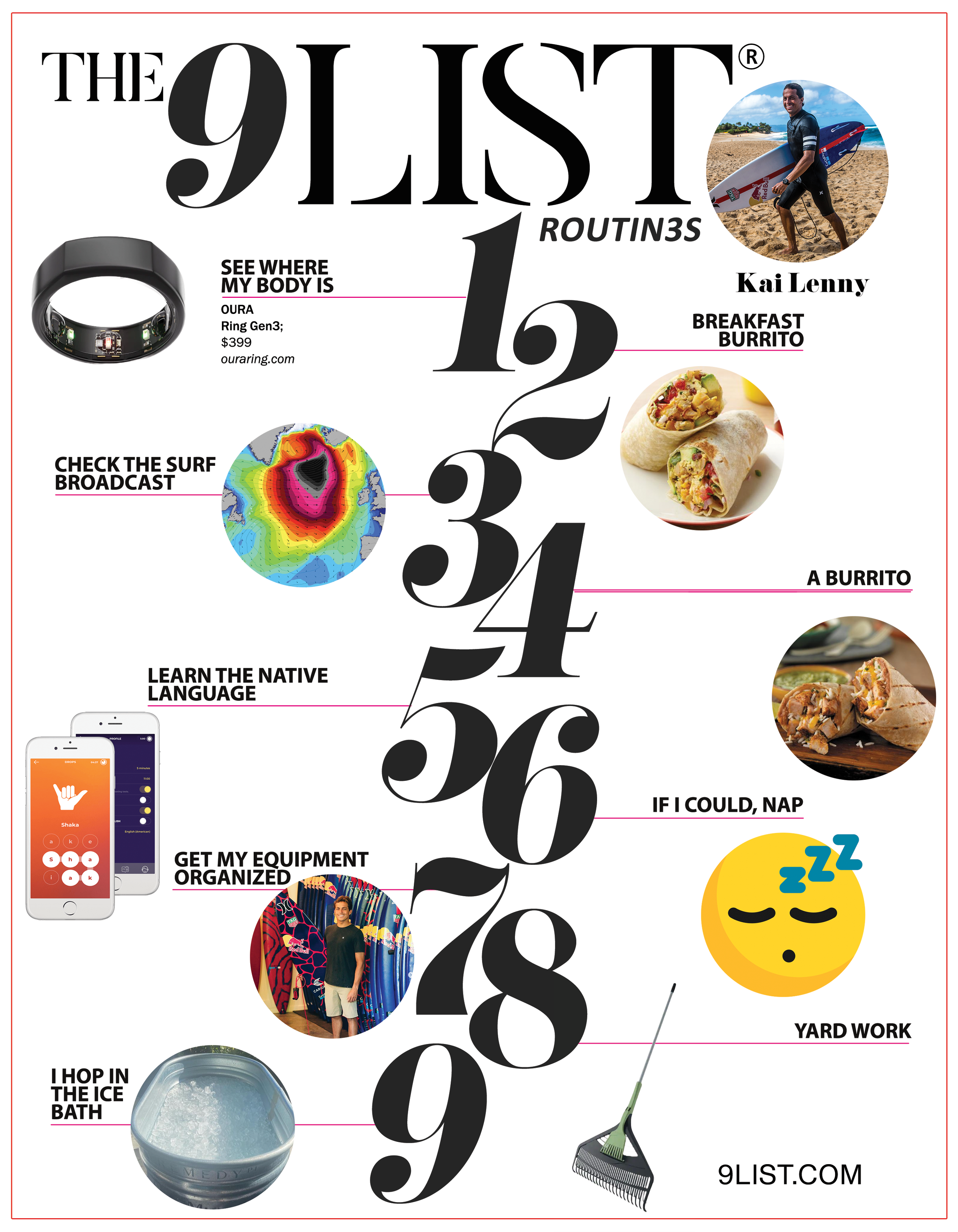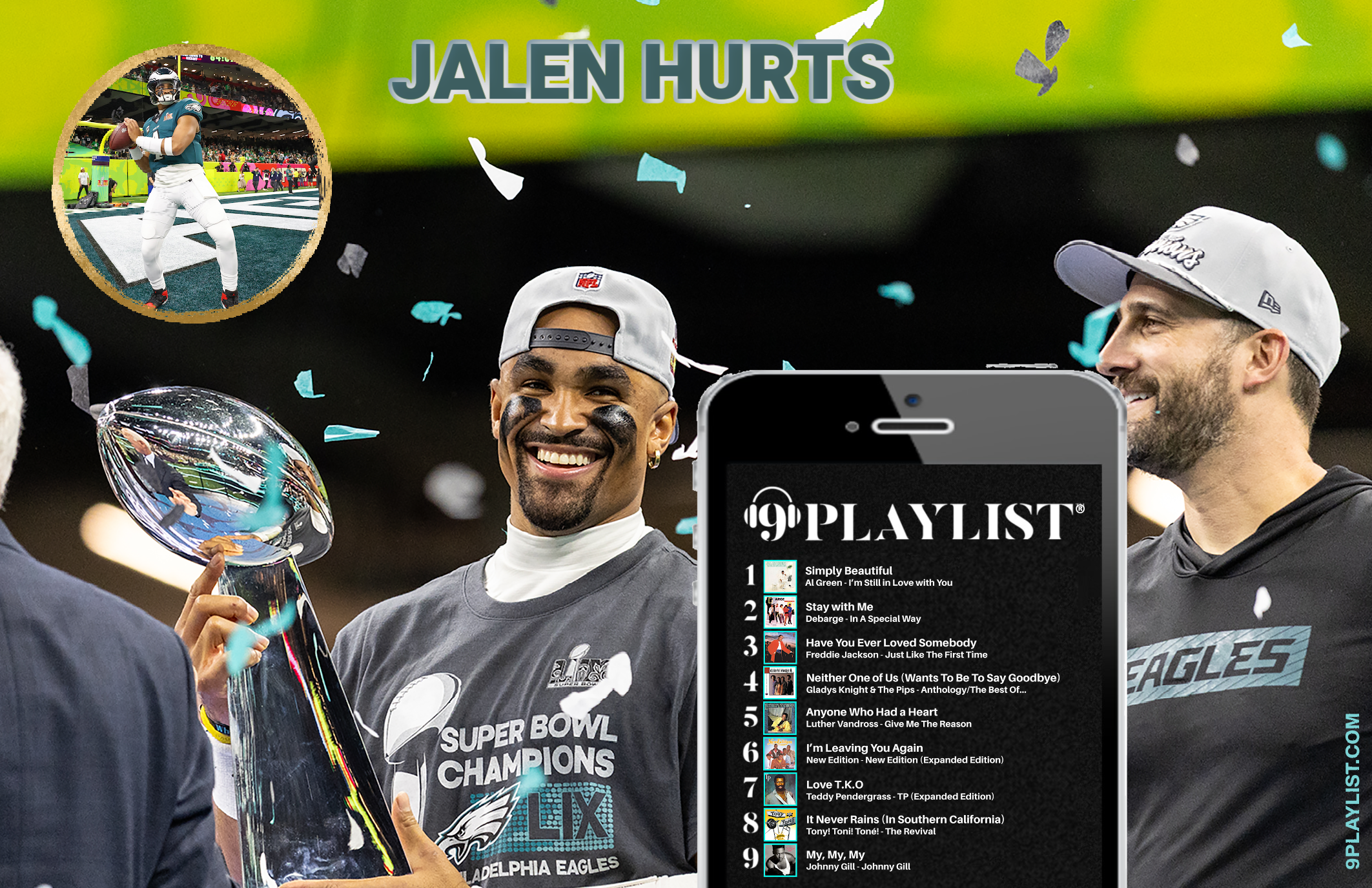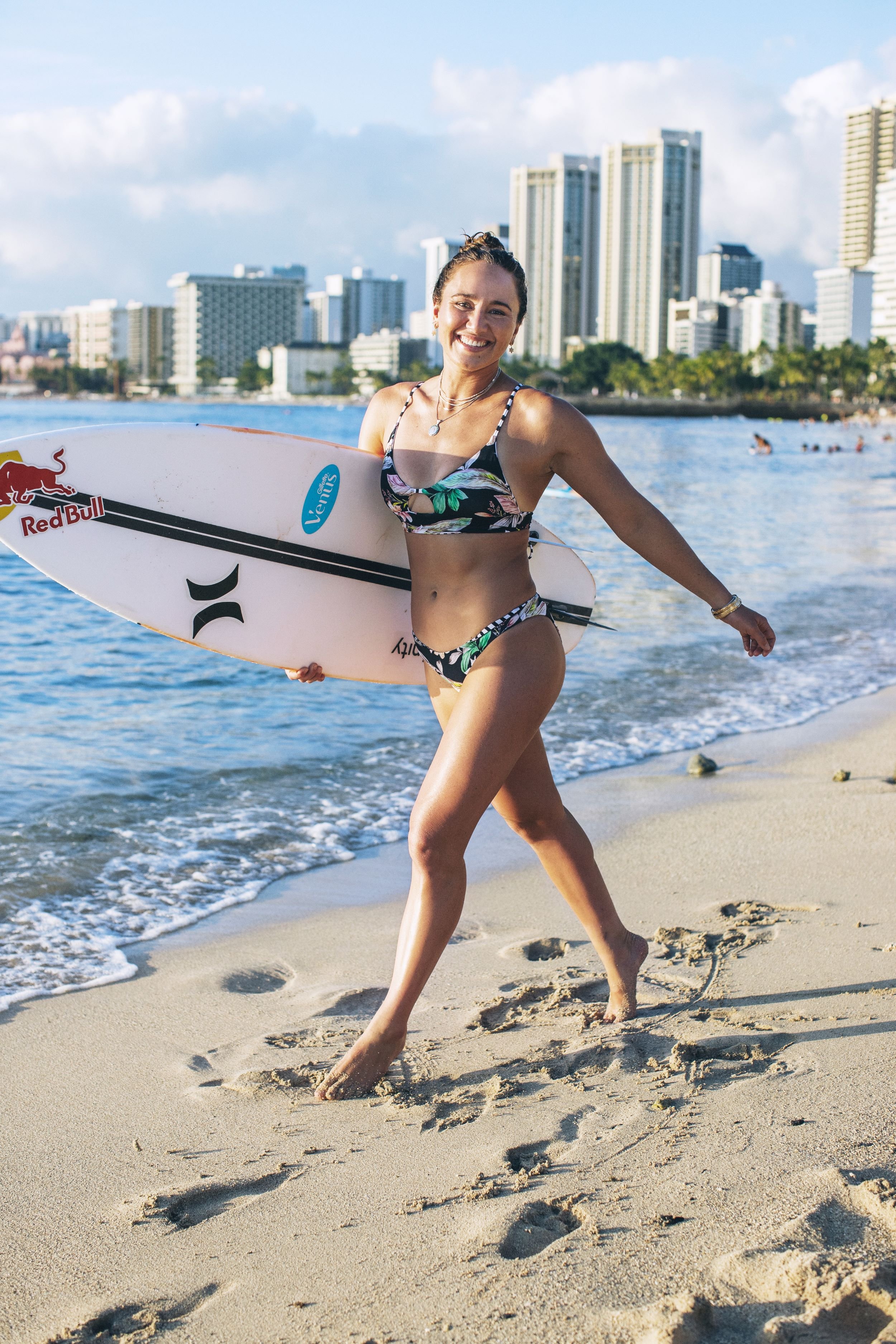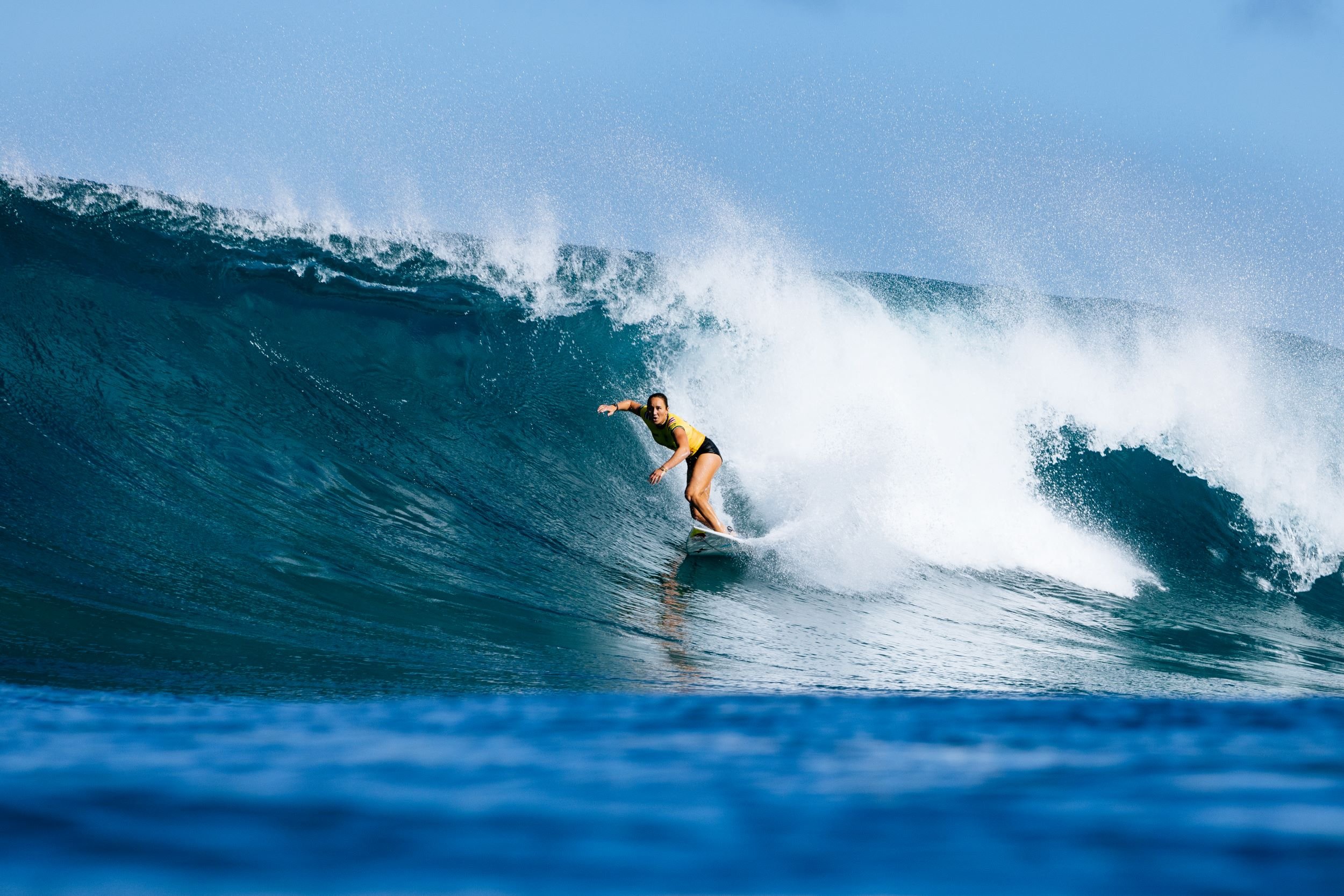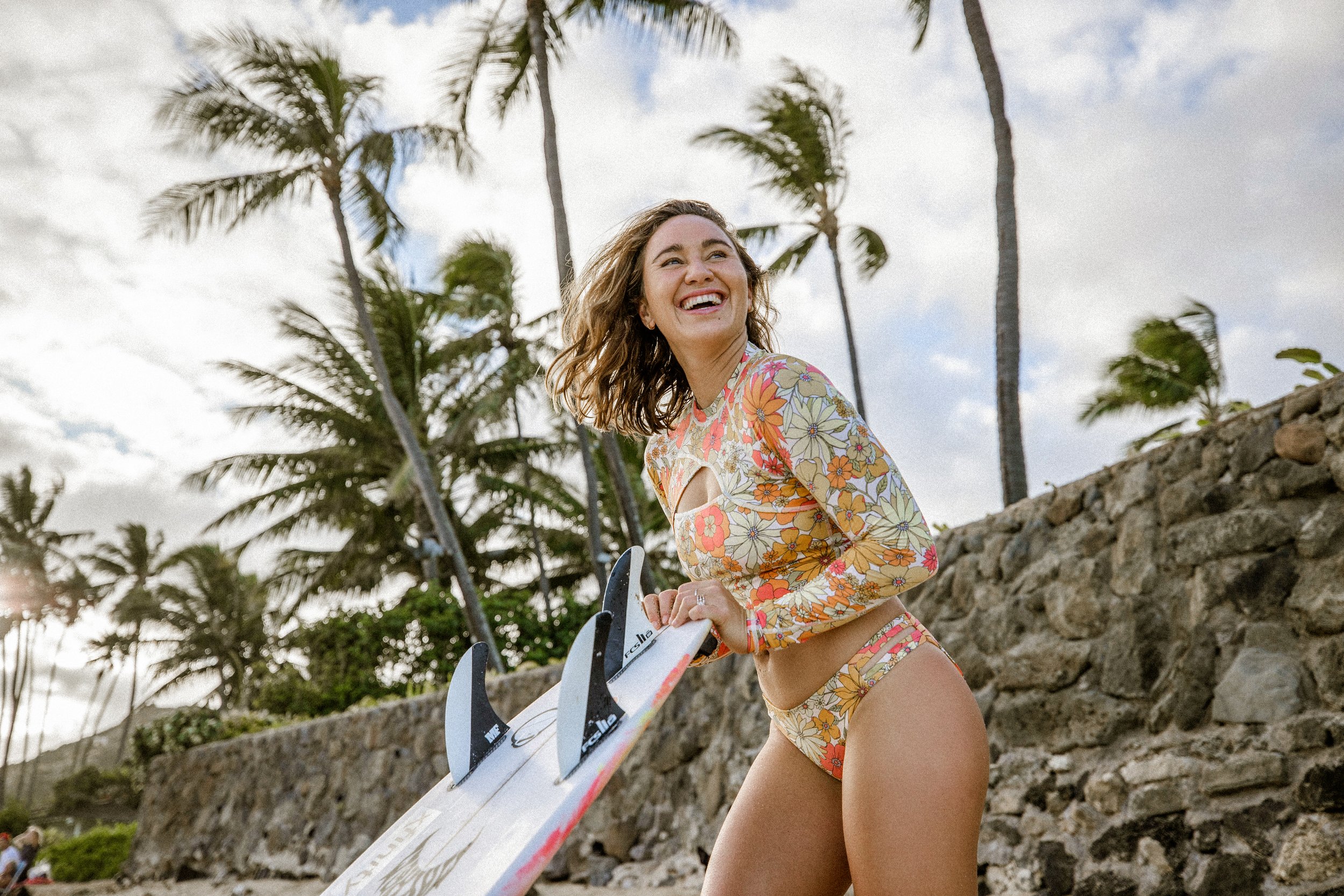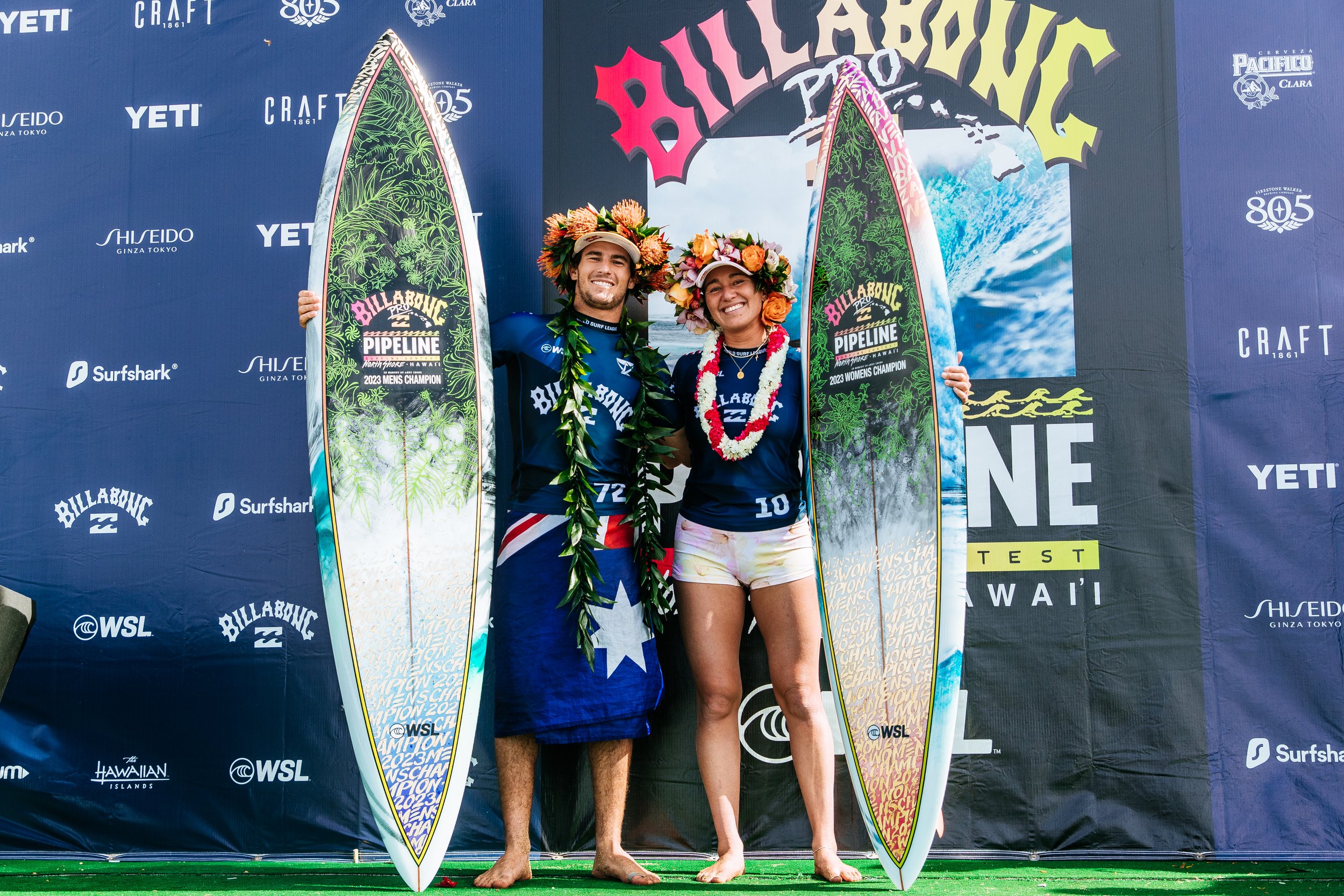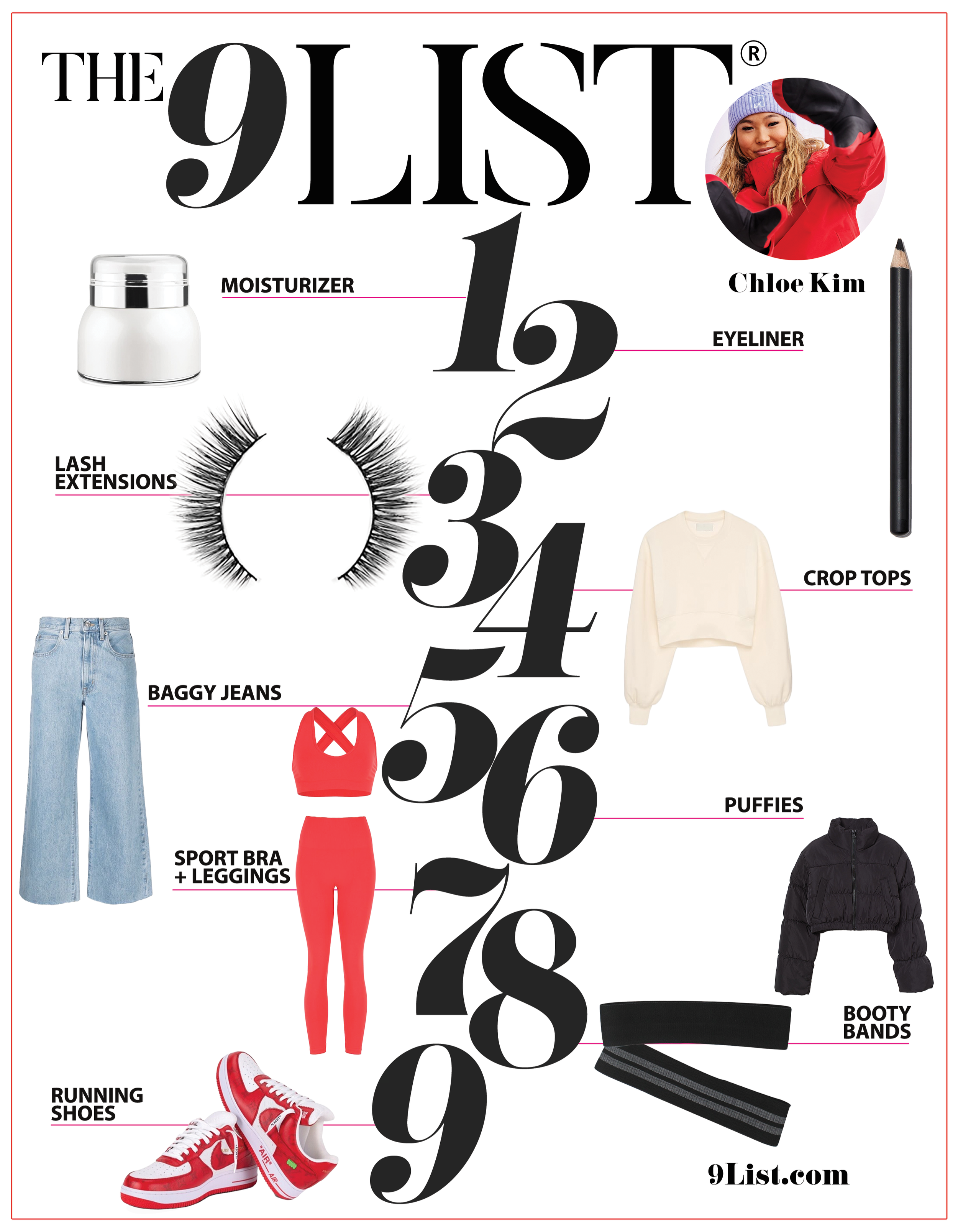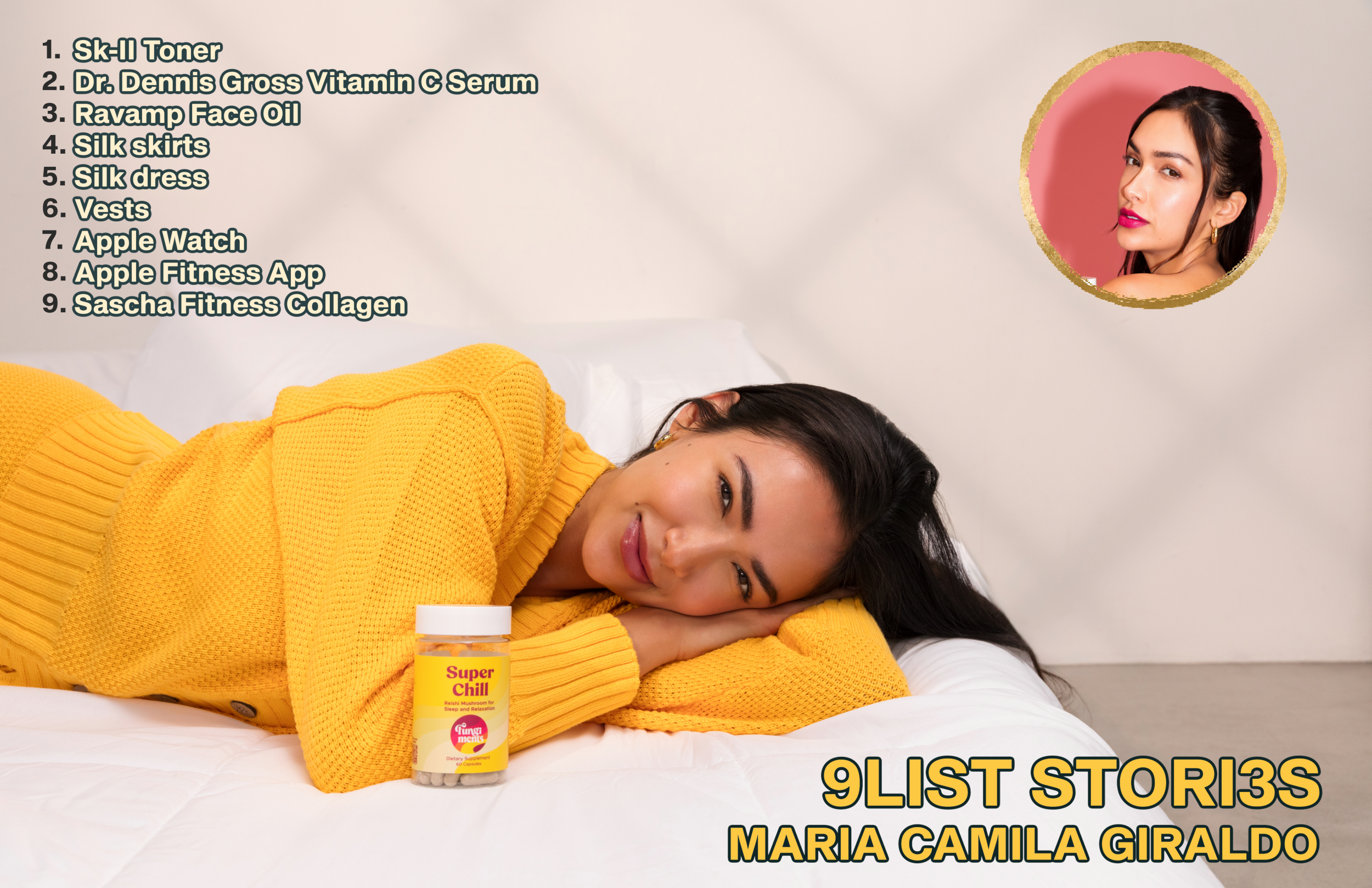We love checking in with those that we may have learned about in a previous interview. Back in our AUG ISSUE #92, we had the pleasure of interviewing the Creator and Executive Producer of Prime Video's Surf Girls Hawai'i, Monica Medellin who introduced us to 4 surfers that we were able to watch navigating their careers and growing up. One of the surfers featured was pro surfer Brianna Cope.
We wanted to sit down to find out more about Brianna's love for the ocean, how it fuels her, competing, and how she continues to stay fit outside of surfing. With a passion for cooking, we also wanted to hear about how beach and barbecues are the perfect compliment and how she's able to make amazing meals in a portable way!
ATHLEISURE MAG: We're so excited to be chatting with you. We actually first became aware of you when we interviewed Monica Medellin (Red Bull: Making History: Women Free Ride, Teahupo’o Surf Camp: Road to Paris 2024, LA28 Stories: Black Surf) who was the Creator and Executive Producer for Surf Girls Hawai’i.
BRIANNA COPE: Yeah Surf Girls!
AM: So what was your first memory of surfing and when did you fall in love with it?
BC: Oh, this is like, one of my favorite parts to talk about just because I feel like it just was the best moment of my life, I was actually born with a small hand. So, I started surfing at 3 or 4 years old, and that first wave, you know, you fall down, and it's the best thing because you're like, I just can't wait to do it again, right?
AM: Yeah.
BC: I’ve done so many other sports like, you fall down - ice skating or skateboarding. You're like, eh I don’t know if I want to do that again.
AM: Right.
BC: But in surfing, for me, there is this thrill and that excitement! That connection with something so much bigger than us, like the ocean was really cool for me.
AM: Wow!
When did you realize that you wanted to do it professionally?
BC: Probably the next day. I know that it was a really, really young age. That was my calling in life and the connection that I had with the ocean was much deeper, like, I just felt so much more relaxed when I was in the ocean. Like, you know, when people go and surf sometimes, they're like, oh, I feel nervous, right? The water for me was so healing, and I knew at a really young age. I want to say like when I was really younger, I knew I wanted to be a pro surfer.
AM: That's amazing.
About Surf Girls Hawai’i, what made you want to be a part of that show?
BC: I think for me, wanting to be a part of Surf Girls Hawai’i for Hello Sunshine was about women’s empowerment, right?
Like in sports, we are always told to be better than the other person, or to beat them. Don't get me wrong, I'm very competitive, but I think there's something more powerful to like living in the moment and supporting each other and uplifting instead of tearing each other down, so that's exactly why. A lot of my friends are on the show, so it was really fun.
AM: I mean, it was so fun to watch and we just loved digging into the sport more and seeing the dynamics between you.
When is the surfing season and how has it been going so far for you?
BC: So, the surfing season, thankfully, we get to surf year round, especially living in Hawaii! We have amazing waves. The competitive surf season starts in June this year, and it goes until the end of the year, because of the late start.
The CT starts in January, but the Challenger Series starts a little later. So, in the meantime, I'm competing in a couple races, which is super fun.
AM: Nice.
BC: I love it more for the mental challenge and it’s second nature for me. But, I'm getting ready to run 410 miles in a relay race known as The Speed Project from LA to Vegas with some friends. So that’s a really fun push, and I feel like it translates into my surfing of wanting to push in bigger waves and stuff.
AM: Can’t even imagine, but that sounds fantastic!
What do you consider to be your superpower in terms of when you're surfing?
BC: Oh, I think, for me, it's the connection with the ocean. I just feel like I have a really good read on it, and that's my superpower. I feel like it's the thing I'm most connected to in the world, like when my friends go and hike and they say that they feel so grounded, I never feel that I feel very grounded in the ocean, I think. For me, it's the connection I have to the ocean.
AM: Honestly, you have such a peaceful Vibe.
BC: Ha! It’s crazy because I was in a rush to get on here and I was all stressed!
AM: Well just listening to you – love this Vibe. We need this around us, a lot more!
BC: Call me anytime.
AM: So obviously you love the water and surfing is such a great way to stay in shape. What are three workouts that you do outside of, you know, surfing, or, or in the ocean in general that keeps you in shape because our readers always like knowing what can we add into our routines?
BC: For sure. I think for me, I'm big into strength working out. So, like, I do a lot of rotation movements. I do a lot of squats to build the strength in my lower body and of course, I’m really into running right now. I just love that more for the exertion because you're running for a certain amount of time. Surfing is so quick. You catch a wave, then you're back out there. There is a lot of sitting, so I feel like running really helps. I like to swim, but I am a bad swimmer. My form isn’t great ha – but swimming is really fun for me, too.
AM: How do you take time for yourself when you need a reset?
BC: That's a great question because I love to just go go go, like, if I could, I would go 24/7!
AM: Same.
BC: You just want to take over.
AM: Yep.
BC: Whatever you can do is great. Meditation is really big for me. I love starting my morning off with that and like, for me, I need to have that, like, even if it's 5-10 minutes in the morning to, like, set my day up. That's important. And just like, honestly, listening to my body, I'm not the best at doing it.
AM: Same.
BC: I feel that my glutes are a little sore, but I’ll think to myself that I should still go run. You know, taking that time, in a sauna or in a cold plunge every day, I think that's really helpful.
AM: Well, when you think about going to the beach, here in New York we do have our beaches and obviously, we think about beach activities, but we also think about, barbecuing, and various foods when it comes to the beach. Do you enjoy cooking and what do you love making?
BC: I love to cook! That's actually how I feel like I cannot be on my phone. I'm super present. You're just like in the flow, and it's my favorite thing to do. I actually grew up watching my grandma cook, and then I just took on that tradition myself, but in Hawaii it’s super normal to have beach barbecues, right? You are gonna go down the beach and somebody's gonna be barbecuing or somebody's gonna be cooking on the beach. It’s so normal for me, and when Gozney made this new oven, I was like this is perfect for whether I'm on the beach or if I want to do it after a hike. It's also really light, because like sometimes, you don't really want to start a fire from scratch. I might starve if I do that. But it’s super easy and growing up on an island that was so second nature for us.
AM: And how did the partnership happen because it seems like it’s such a natural synergy.
BC: I slid into Tom Gozney's DMs, the owner of Gozney.
AM: Nice!
BC: I told him I was a huge fan of everything that they were doing. I freaking love to cook. I literally made steak on the Gozney last night.
AM: Oh wow!
BC: You can make so many things on the Gozney.
AM: Nice! We like a multi-purpose situation.
BC: As much as I would like to eat pizza every single day, sometimes I gotta switch it up, right? I like to make food, and so when I saw everything that they were doing, I was like, this is so cool. It's so adventurous, it's not like the typical fine dining. Like, I don't know how to plate my plate like that. But I love to cook and I like having my oven and having a perfect pizza in your house is amazing.
AM: I mean, that must be amazing - now knowing that you put a whole steak in there, you can make all these things and be virtually anywhere to create these dishes.
BC: Yeah, actually. When we were doing the shoot for the Tread and we had pizza on the beach, and it was super fun, but then we took it the next day, and I actually tried to make a steak on the beach and it was pretty cool.
I love to just cook and to be able to hang out with your friends. I feel like on the beach, it’s such a great place to do it and to enjoy it!
AM: What does this partnership look like in terms of what we will see you doing with Gozney?
BC: Hopefully more adventure stuff. I mean, they're so fun to work with. It's like they let me, do you know kind of whatever I want in the content space. It's so nice to just be able to like express how I use the oven. It's been a long partnership and they're awesome.
AM: Are there any upcoming projects that we should keep an eye out for? I know that you're going into competitions, and we have this great season ahead.
BC: I mean, I think there's always things coming out. I'm pretty sporadic, too. I'm always like I have a calendar, but I never really look at it.
AM: Wow!
BC: Staying tuned on Instagram is probably the best way to keep up for sure.
IG @briannacope
PHOTOGRAPHY COURTESY | Gozney Ambassador Brianna Cope | 63MIX ROUTIN3S Brianna Cope/IG |
Read the MAR ISSUE #111 of Athleisure Mag and see BBQ BEACH BITES WITH BRIANNA COPE in mag.







